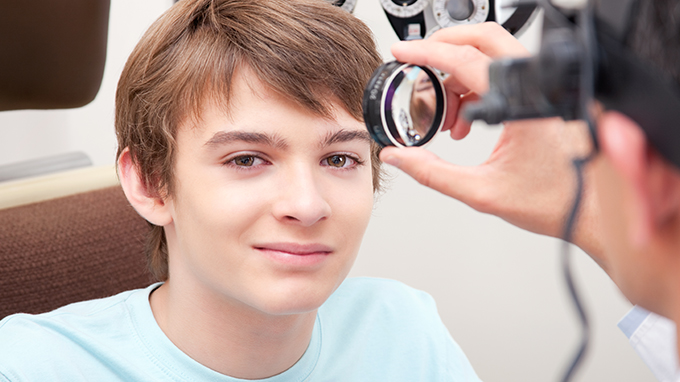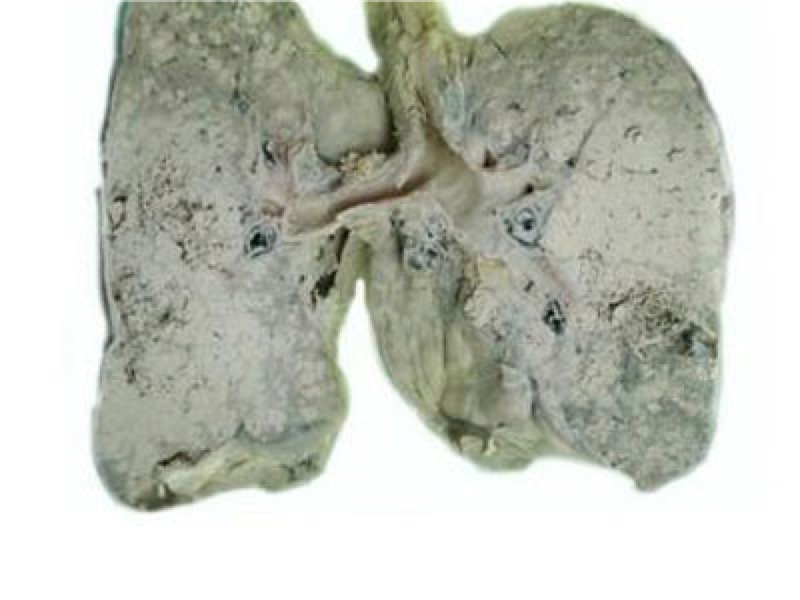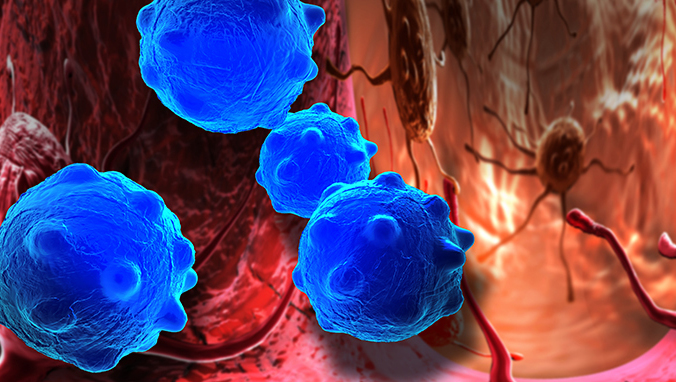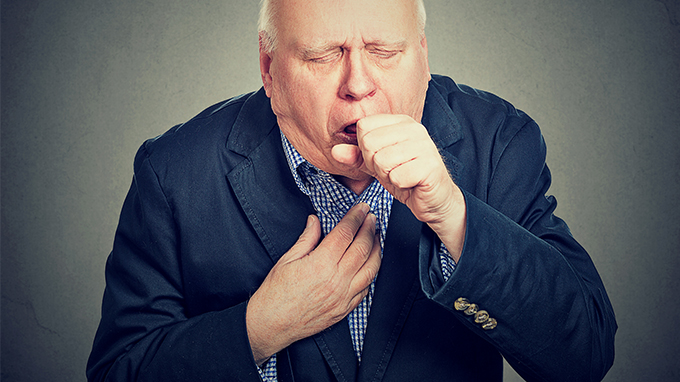What are the drugs that can be atomized
is a high-risk period of respiratory diseases recently, and the people in the hospital are too scary. Parents who bring their children to the doctor must wear masks to prevent cross infection.

Recently, many parents I bought an atomizer, and I will tell you about medicines that can be atomized.
Aerosol inhalation therapy is to disperse medicine or water into mist particles or particles suspended in the gas through the inhalation device, and deposit it in the respiratory tract and (or) lungs by inhalation to achieve local respiratory tract treatment The role. Inhalation administration by atomization can achieve the effects of alleviating bronchospasm, diluting sputum, and preventing and treating respiratory tract infections. Many respiratory diseases, such as adult chronic obstructive pulmonary disease (COPD), childhood bronchial asthma, acute laryngitis, allergic cough and other diseases, can be treated with inhalation inhalation. Nebulized inhalation has the advantages of fast drug onset, low dosage, high local drug concentration and low systemic adverse reactions. In the treatment of respiratory diseases, nebulized inhalation has become an important auxiliary treatment measure.
Clinically, according to different diseases and different treatment purposes, different drugs can be used for inhalation. There are several commonly used drugs. Specifically, you should consult a doctor in the hospital, do not configure it privately. Generally, the family atomizes for a week, and the effect is not good. You should go to the hospital for a follow-up consultation in time. After each atomization, pay attention to wipe your face and rinse your mouth. The atomization time for children is about 5~10 minutes each time. Again, if there is a lack of oxygen, it is safest to go to the hospital under oxygen drive.
What are the nebulized drugs?
1. Bronchodilators: Mainly used to treat acute attacks of bronchial asthma and relieve bronchospasm, commonly used drugs are :
Anticholinergic drugs are commonly used ipratropium bromide, the aqueous solution concentration is 0.025%. 2 ml per adult, 0.4-1 per child ml, add the same amount of saline for inhalation, or directly inhale the stock solution, 2 to 3 times a day. The inhaled dose of 10%~30% is deposited in the lungs, and the gastrointestinal mucosa is less absorbed, which has a higher selectivity for the smooth muscle of the respiratory tract. It takes effect 10 to 30 minutes after inhalation, and the effect reaches its peak in 1 to 2 hours, and the effect can be maintained for 6 to 8 hours after 1 inhalation. It is mainly used for the treatment of acute COPD and acute bronchial asthma.
The side effects of this drug are extremely small, but there are reports of acute urinary retention after inhalation. Therefore, it should be used with caution in patients with prostatic hypertrophy, glaucoma, and pregnant and lactating women.
β2 receptor agonist Currently used in clinical medicine is salbutamol. Its aqueous solution concentration is 0.05%, after atomization, it forms a diameter of 2~4 μm The aerosol particles can be administered by inhalation 10%~20% to the lower respiratory tract. The usual dosage is 2 Inhalation of ml drug plus equal volume of normal saline. It takes effect 5 minutes after inhalation, peaks in 15 minutes, and the drug effect can be maintained for 4-6 hours. It is mainly used in patients with severe bronchial asthma attacks and COPD with obvious bronchospasm. Since these drugs also have partial agonistic effects on the beta receptors of the heart and skeletal muscle, some patients will experience palpitations and skeletal muscle tremor after inhalation. Patients with organic heart disease, hypertension, and hyperthyroidism should use these drugs with caution. The usual dose for children under 12 years old is 0.5 mL (2.5 mg salbutamol sulfate), diluted to 2.0-2.5 mL with normal saline for injection when administered, some children may require up to 5.0 mg dose. There is no clinical effect data for infants under 18 months of inhalation of this drug. Transient hypoxemia may occur, so oxygen therapy should be considered.
2. Glucocorticoid: It has the characteristics of local high efficiency and systemic safety. Commonly used drugs are:
Budesonide drug concentration is 1 mg/2 ml, 2 ml each time, 2 to 3 times a day. About 10% of the dose given by aerosol is deposited in the lungs, and the volume of distribution for adults is about 300 L, children are 3.1~4.8 L/kg shows that it has a high tissue affinity, can exert a strong local anti-inflammatory effect, and a small dose can play a therapeutic role. Nebulized inhalation of budesonide has a rapid effect, and it can exert airway anti-inflammatory effect in 10 to 30 minutes. It is suitable for the treatment of acute attacks of severe bronchial asthma, especially for children with asthma. If combined with anticholinergic drugs and/or β2 receptor agonists for nebulized inhalation, the therapeutic effect is better.
It should be noted that the physician should instruct the patient to rinse the mouth thoroughly after inhalation by atomization to prevent the occurrence of Candida infections in the oral cavity and pharyngeal mucosa.
3. Mucolytic agentAlthough α-chymotrypsin can reduce the viscosity of sputum and make the sputum diluted and easy to discharge, long-term atomized inhalation will cause airway epithelial squamous Metaplasia, and occasionally can cause allergic reactions, is currently used less clinically.
Ambroxol hydrochloride can regulate the secretion of airway epithelial serous fluid and mucus; stimulate alveolar type Ⅱ epithelial cells to synthesize and secrete alveolar surfactant, maintain the stability of alveolar; increase the swing of airway epithelial cilia to make sputum Easy to cough up. Its solution concentration is 15 mg/ml. Adult 2~4 each time ml, inhaled 2 to 3 times a day. Children with respiratory tract infections and sputum that are not easy to cough up can be used. 10 to 30 mg (ambroxol imported is the best), add 5 ml of saline to atomize.
4. Antibiotics: Inhaled antibiotics have a certain therapeutic effect on respiratory infections. However, private use is not recommended, and this method is not recommended for children.
Intermittent or short-term preventive inhalation of antibiotics can effectively reduce the colony formation rate of Gram-negative bacteria in the upper respiratory tract. At present, the inhalation of antibiotics in clinic is mainly used to treat hospital-acquired pneumonia in severely ill patients with gram-negative bacterial infections. It should be noted that the superficial fluid covering the epithelium of the respiratory tract is isotonic and the pH is neutral. Inhaled antibiotics with too high osmotic pressure or low pH can cause coughing and even cause airway spasm. The pH of tobramycin sulfate and ceftazidime is suitable for administration by inhalation. Inhaled antibiotics should be dissolved in physiological saline at a concentration of 100 mg/ml.
5. Co-administration: In order to enhance the effect of nebulized inhalation or shorten the time of nebulized inhalation, the physician will mix multiple drug solutions or suspensions and let the patient Inhale at the same time.
Such as the combined application of anticholinergic drugs and β2 receptor agonists has a synergistic effect, the effect of bronchiectasis is stronger, it has the characteristics of rapid onset and lasting effect. The above two drugs can be used clinically 2 ml for inhalation. However, when mixing liquids for inhalation, it is necessary to pay attention to the physical and chemical properties of various drugs and their compatibility, and whether there are contraindications.
Generally speaking, budesonide, ipratropium bromide, salbutamol can be compatible. The data shows that it is not recommended to use ipratropium bromide in combination with sodium cromoglycate, because the mixture of the two can form an oily, non-crystalline complex and precipitate. Tobramycin is not compatible with budesonide and cromolyn.
It is worth noting that
Although some drugs can be stably compatible, the aerodynamic characteristics may change after mixing, the temperature, the storage time after configuration, and the mixing cup after mixing Increased liquid volume may affect the atomization effect. Therefore, it is not that the more drugs you add, the better.
In clinical practice, some intravenous drugs such as glucocorticoids, aminophylline, gentamicin, etc. were often used as nebulized inhaled drugs in the past, and have been gradually eliminated.
Some studies have shown that when injectable glucocorticoids such as dexamethasone, hydrocortisone, etc. are inhaled through the local aerosol of the respiratory tract, the generated aerosol particles are larger, less than 3 to 5 μm. Effective particles, so drugs can only be deposited in the atmosphere. Since there is no lipophilic group in its structure, its affinity with glucocorticoid receptors is low, and its local anti-inflammatory effect is weak. It has high water solubility, less binding to airway mucosa, and low deposition rate in the lungs, making it difficult to produce curative effects.
Although theophylline can expand the bronchus, it has a stimulating effect on the airway epithelium, so it is not clinically recommended for nebulized inhalation therapy.
Gentamicin is an alkaline, water-soluble antibiotic because it contains multiple hydroxyl groups and basic groups in its molecule. It shows a non-dissociative state in an alkaline environment and has a good effect. The acidity and anaerobic environment of purulent sputum often affect the antibacterial activity of aminoglycosides, so the use of such drugs for aerosol inhalation has certain limitations. At the same time, the drug is ototoxic, and it is not recommended for children and patients with ear diseases. Animal experiments have shown that gentamicin can stimulate the airway mucosa, causing an inflammatory response, the accumulation of inflammatory cells and media in the airway, and secondary free radical damage, etc.; it can also cause toxicity to the airway mucosa, The mucociliary clearance function of the surface of the tracheal mucosa is impaired.
Therefore, it is a three-component drug. Although atomization is good, it should be used under the guidance of a doctor. In many cases, atomization therapy is only an adjunct therapy. The symptoms are not cured, and the child is sick. Is the most important, if the effect of atomization for 3 days does not improve significantly, please take your child to the hospital for review.
Related Articles

- Early symptoms of lung cancer
- 2020-12-17

- Symptoms of rhinorrhea
- 2020-12-17

- First-line chemotherapy for squamous cell carcinoma
- Squamous cell carcinoma is abbreviated as squamous cell carcinoma, also known as epidermal carcinoma. It is a malignant tumor that occurs in epidermal or accessory organ cells. Cancer cells
- 2020-08-02

- Dietary coup for winter cough
- The winter in the north is quick to say. When the northwest wind blows down the last autumn leaf, the dry winter begins. The most common health problems in winter are upper respiratory trac
- 2020-08-02

- Get rid of asthma freely (1)
- Asthma is one of the most common chronic respiratory diseases worldwide, and the incidence is increasing year by year, especially among children. Due to various reasons, in our country, esp
- 2020-08-02

- Get rid of asthma freely (2)
- Basic articles 1. How to detect pediatric asthma early
- 2020-08-02
